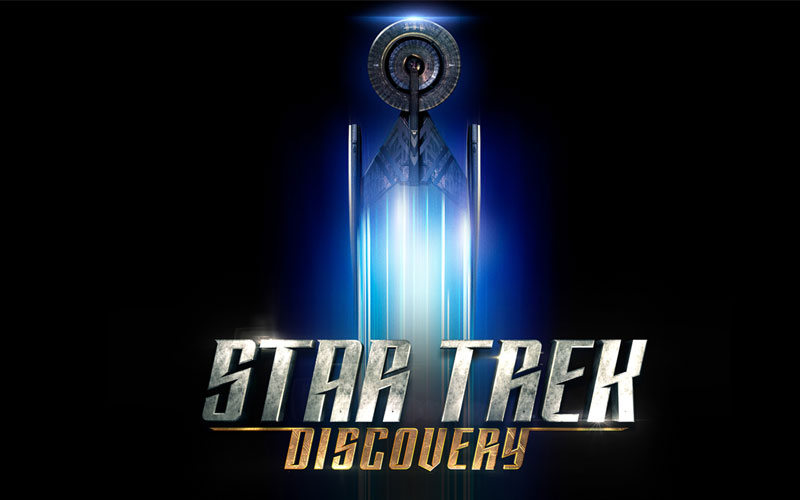At the end of 2018 I wrote a summary reflection of the year, and the theme I identified was "first times". 2019 seems to have been similar, with a surprising number of first times. However, the other main theme for the year has been change (I suppose if you do something for the first time it's either the cause or consequence of change).
My three children now all go to the same school, with our youngest moving from pre-school nursery to primary school nursery. It's a subtle distinction, but it now means that Daddy's Taxi only has to make one drop in the morning. 2020 will see our oldest child start high school, which will mean more significant changes ahead.
Planning further ahead into the future, we had a conservatory built onto the back of our house in 2019, and that led to significant change (I still don't think of it as part of our house, and it's been finished for three months now). It's given us more living space, and in time will become my office during the daytime, as we move things around in the future.
While I was on a work experience placement from high school, the desk I was borrowing had a desk calendar with a daily motto, and one that I saw (and kept) was "Unless we know what we want ), we stand a poor chance of getting it." Over the years, that motto has helped me identify what I actually want, and to work towards it. This year, I have taken that a step further and extended it to, "And if we don't ask for it, we really won't get it." What do I want to drink? What would I like for dinner? What do I want to do this weekend? What do I want for Christmas? I've started changing what I say - and how I think - so that if you ask me what I want, I'm more likely to tell you. And sometimes, it's actually up to me to say what I want to do. I'm lifting the lid on what I think I can do, or what I'm supposed to do, or what I think I'm allowed to do (usually inside my own head) and instead of discounting my own ideas myself (I could never do that), I'm at least going to say what I want first!
So, 2019 has been a year of change - internal and external - and is likely to lead to more change next year.
Happy New Year, and may you ask for what you want.
2019 in reflection
First times in 2021 list
First times of 2022
First times in 2023
Things I did for the first time in 2024
My three children now all go to the same school, with our youngest moving from pre-school nursery to primary school nursery. It's a subtle distinction, but it now means that Daddy's Taxi only has to make one drop in the morning. 2020 will see our oldest child start high school, which will mean more significant changes ahead.
Planning further ahead into the future, we had a conservatory built onto the back of our house in 2019, and that led to significant change (I still don't think of it as part of our house, and it's been finished for three months now). It's given us more living space, and in time will become my office during the daytime, as we move things around in the future.
While I was on a work experience placement from high school, the desk I was borrowing had a desk calendar with a daily motto, and one that I saw (and kept) was "Unless we know what we want ), we stand a poor chance of getting it." Over the years, that motto has helped me identify what I actually want, and to work towards it. This year, I have taken that a step further and extended it to, "And if we don't ask for it, we really won't get it." What do I want to drink? What would I like for dinner? What do I want to do this weekend? What do I want for Christmas? I've started changing what I say - and how I think - so that if you ask me what I want, I'm more likely to tell you. And sometimes, it's actually up to me to say what I want to do. I'm lifting the lid on what I think I can do, or what I'm supposed to do, or what I think I'm allowed to do (usually inside my own head) and instead of discounting my own ideas myself (I could never do that), I'm at least going to say what I want first!
So, 2019 has been a year of change - internal and external - and is likely to lead to more change next year.
Happy New Year, and may you ask for what you want.
The Lists of Firsts
A first time for everything: 20182019 in reflection
First times in 2021 list
First times of 2022
First times in 2023
Things I did for the first time in 2024




















